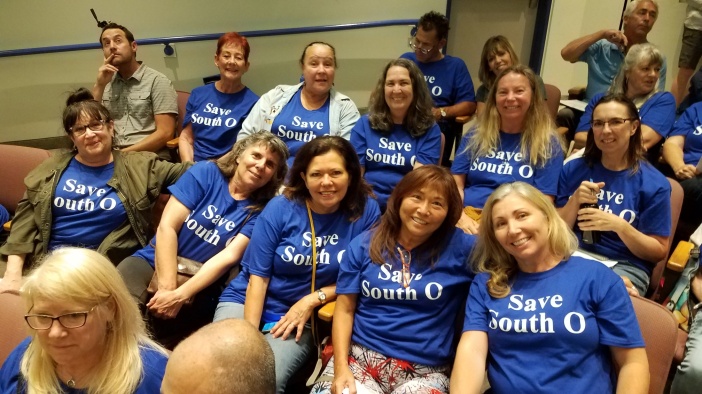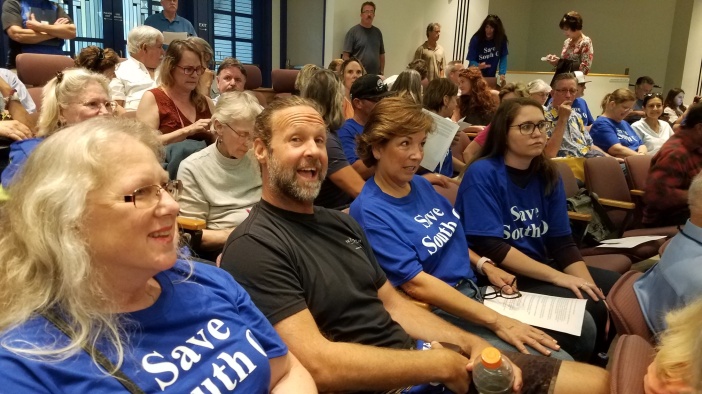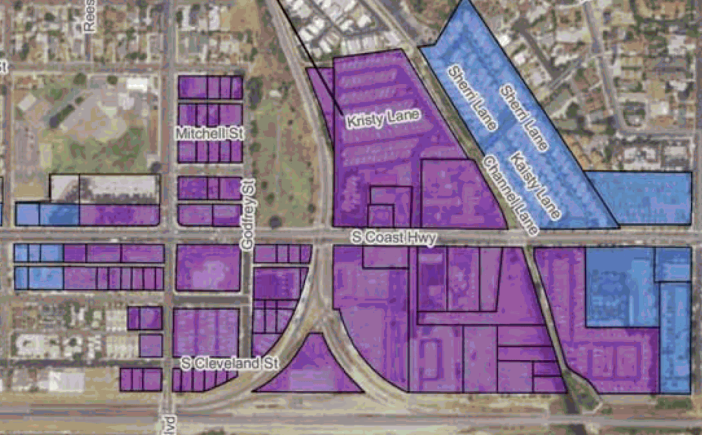On Wednesday, the council voted 4-0 on the first reading of a new ordinance regulating Short-Term Rentals. (Councilman Rodriguez recused himself because his real estate work includes being a STR manager).
Among the 24 people testifying, South O residents testified in favor of the ordinance — or something even stronger. The themes were the loud parties, changing the character of the neighborhood, and (particularly on South Pacific) parking. Several of us mentioned how conversion of long-term rentals to STRs will exacerbate the housing shortage and thus continue to raise housing prices.
As has been common, residents (and the manager) of North Coast Village asked the city leave them alone as they avoid most of the ill effects of other STRs. (All versions of the ordinance of the past year have excluded them, as did the final ordinance). A few STR operators testified against it.
Ryan Keim, the District 3 councilman representing South O, argued in favor of stronger enforcement. Since many details on enforcement were not part of the ordinance that was voted, it is not clear how — or if — the city will implement these ideas.
Two amendments to strengthen the ordinance were proposed by Councilwoman Sanchez and accepted by the rest of the council:
- Eliminate all STRs in mobile home parks — not only those going forward, but the (5?) already licensed. MHPs have rent control to provide affordable housing, and one resident testified that their neighbor’s STR made more money in a single night of renting than the entire month’s rent.
- No future STRs will be approved on flag lots, a problem with many Fire Mountain STRs. Both residents and the fire marshall testified to the difficulty enforcing parking on private easements.
Sanchez’ motion to enact the planning commission ban on all future non-hosted STRs in residential zones died for the lack of a second, although two councilmen said they might consider it if this plan doesn’t work.
The city admitted that there is a big loophole in the hosted rentals: they don’t have a permit, so they can’t lose their permit if they violate the ordinance. Neighbors will have to be vigilant to make sure these complaints get filed so that the city knows if there is a problem.
Still, this feels like a step in the right direction. We will see how effective it proves to be.






